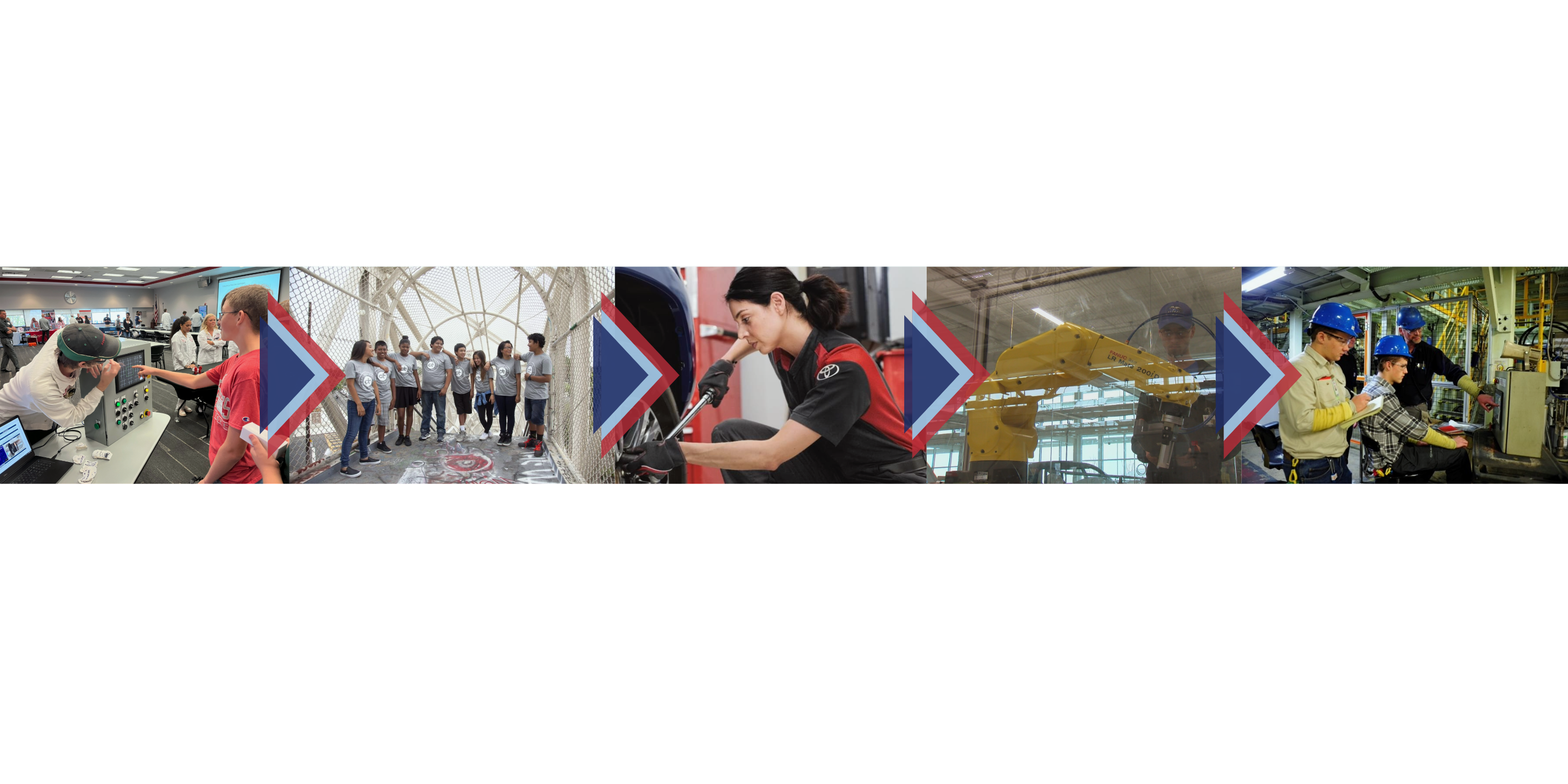The Japan Automobile Manufacturers Association (JAMA) submitted comments today in response to the Department of the Treasury and the Internal Revenue Service’s request for public comments. Below is a summary of key points from JAMA’s comments.
Background
JAMA members have a shared legacy of over 60 years of operation in the United States. This includes an extensive manufacturing presence that began in 1982 and now encompasses 24 manufacturing facilities and over $57 billion in cumulative manufacturing investment. JAMA members also maintain a large research and development (R&D) presence that spans 45 facilities located across the country. In total, JAMA members directly employ 110,000 U.S. workers, and indirectly employ hundreds of thousands more including through their supplier and dealership networks.
JAMA members’ investments and presence in the U.S. have also greatly contributed to the overall U.S.-Japan relationship. The U.S.-Japan alliance is a key partnership that provides security and economic prosperity for both nations. Additionally, JAMA supports the alignment of key environmental, innovation and foreign policy goals to help reinforce and further the U.S.-Japan alliance.
Japanese-brand automakers are deeply committed to the transition to electrified vehicles. They have a long history of leadership in environmentally friendly and electrified vehicle technologies in the U.S. market, strengthening Japanese-brand automakers’ ability to design, develop, and sell vehicles that U.S. consumers want. As such, JAMA members are committed to a net-zero carbon future that incorporates this ethos and legacy.
JAMA’s Concerns Regarding the Clean Vehicle Tax Credits within the IRA
Despite JAMA members’ ongoing investments and efforts to further the transition to electrified vehicles, our members agree with the broad industry consensus that this transition requires complementary measures such as vehicle tax credits.
Various areas of the clean vehicle ecosystem are developing at different rates: availability of battery materials, advances in battery technology, access to skilled workers, charging infrastructure deployment, and consumer interest and uptake, which are often affected by broader economic headwinds. These factors, in addition to the long lead time for restructuring battery supply chains, along with the five-year average timeframe it takes for automakers to conceptualize, design, and produce a new vehicle model, are among the many factors that should be considered in the guidance to implement the clean vehicle credits.
Considering Japan’s critical role as a stalwart U.S. ally and strategic partner in various bilateral and multilateral forums, such as the IPEF, the IRA’s clean vehicle tax provisions undermine bilateral efforts to strengthen economic security ties and combat climate change through resilient vehicles and battery supply chains.
Therefore,
- JAMA believes broad and flexible incentives that offer more consumer choice would help maintain momentum toward the transition to electrified vehicles to achieve the ultimate goal of carbon reduction. As written, the clean vehicle credit would have the counterproductive effect of narrowing consumers’ ability to access these tax credits due to the stringent battery-related sourcing requirements/timelines among other factors.
- Clean vehicles that are manufactured in Japan and sold in the U.S. help contribute as much to the countries’ collective decarbonization goals as clean vehicles manufactured in the U.S. However, only vehicles assembled in North America qualify for the Section 30D credit in the IRA. We believe that vehicles manufactured in Japan should be treated equally with vehicles manufactured in North America.
- JAMA believes that critical minerals extracted, processed, or recycled in Japan as well as battery components manufactured in Japan, should be included in the calculation to determine eligibility for the clean vehicle credits.
- JAMA also believes that Japan, an ally partnering with the United States on supply-chain resilience, should be treated on an equal footing with FTA partners.
Click here to read JAMA’s full comment submission.
Visit JAMAinAmerica.org to learn more about JAMA members’ strong commitment to manufacturing and the American workforce.

